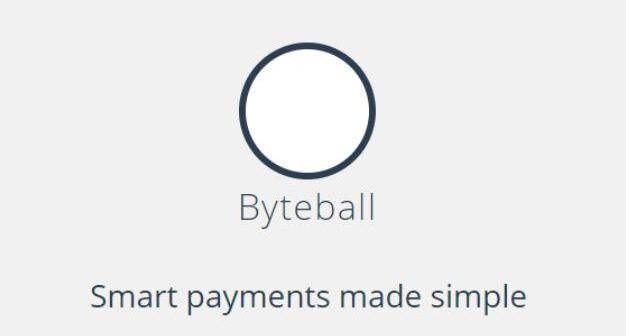Learn how blockchain truly works, master key definitions, and uncover what makes smart contracts so "smart." Dive into the fundamentals, gain valuable insights, and start your blockchain journey today!

Guides
101 Blockchains
on June 14, 2018
Beginner’s Guide: What is ByteBall? The First Dag Platform
Change is inevitable when it comes to technology. The same is true for blockchain technology as it is not perfect. Bitcoin came but had many issues associated with it. However, new blockchain solutions such as NEO, Ethereum, etc. didn’t solve the inherent difficulty associated with blockchain itself.
Meet Byteball. It utilizes an entirely different route compared to Bitcoin or blockchain in general. For starters, it connects current data transactions with previous ones. Amazing, isn’t? To do so, it uses another computer science technology known as DAG(directed acyclic graph.) DAG is a structure which is connected like a mesh.
How Byteball Works?
As you might have understood by now, Byteball doesn’t use any blocks or blockchain. Transactions act itself as a unit (also known as storage units or balls). These balls connect to each other (not necessarily in a straight line). To get a better understanding let’s learn more about the directed acyclic graph.
Directed Acyclic Graph(DAG)

Image Credits: ByteBall
DAG ensure that each storage balls is connected with each other. The most exciting thing about DAG is that each ball consists of hashes of previous storage balls. This enables the system to attach a new storage ball by signing the previous transactions hashes to the new one.
DAG doesn’t work linearly. However, the connectivity is done such that future reference to any of the balls can be done without any issue.
The use of DAG completely eradicates the issue with block system used in the blockchain.
There are many benefits to using DAG. They include instant confirmation, lower energy burden, and transaction finality.
Core features of Byteball
To understand what Byteball has to offer, we need to go through its core features. Let’s discuss them below.
- Atomic Exchange: Atomic exchange is used instead of a centralized exchange. With the atomic exchange, there is no need for any central entity and generally takes place instantly. The transaction can fail as well.
- Multisignature Capability: Multisignature capability ensures that all the transactions are secure. Signatures are approved from multiple devices for additional security. It is done just before a transaction takes place.
- Regulated Assets: Regulated Assets are also part of Byteball. This means you can also register your assets with Byteball. You need to comply with anti-money laundering policies and know your customer.
- Immutable Storage: The data stored on Byteball is immutable. That means a transaction cannot be removed or changed.
Bytes: Byteball’s Currency
Let’s meet with bytes, the cryptocurrency that runs on Byteball’s.
Bytes act as an incentive to add data into the DAG. Moreover, Byteball didn’t carry out any ICO. According to their website, they distribute bytes and blackbytes through different methods. For example, they distributed it through verification rewards, referrals or even cash back. In the past, Bitcoin holders also get a good chunk of bytes and blackbytes which is not stopped. You can read more about their distribution model by click on the link
Meet BlackBytes: A currency for less traceable transactions
To solve the problem of privacy, Byteball uses blackbytes. It is a secondary currency. Blackbytes uses secured transactions improving the privacy of the transactions. It also uses a peer-to-peer connection.
The users receive both blackbytes and bytes through distribution. Until now, the users have already received 64.5% of the total currency limit.
Other key features of Byteball
Byteball is an excellent way of exchanging currency through a DAG graph. It has multiple advantages below.
- Privacy: Blackbytes offers privacy through peer-to-peer transactions.
- Multiple Assets Classes – Anyone can transfer or store different assets on Byteball and assign a value to it.
- Completely Free Distribution – No ICOs are done to gain profit. Also, the distribution takes place in different phases.
- Conditional payments – Conditional payments are made to ensure that certain criteria are met before committing.
Conclusion
ByteBall is a great innovation over the current block chain. It provides an alternative way to have a decentralized, privacy-oriented solution to the blockchain. So, what do you think about it? Comment below and let us know.




